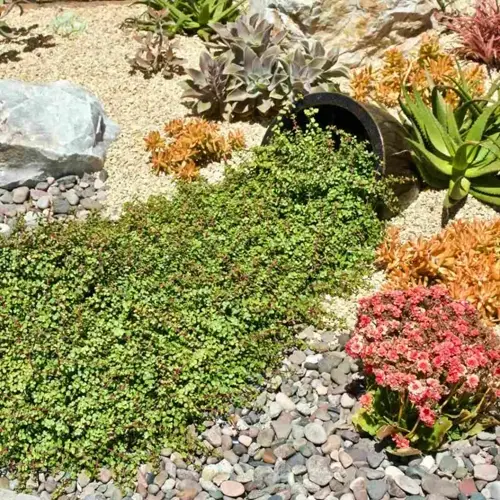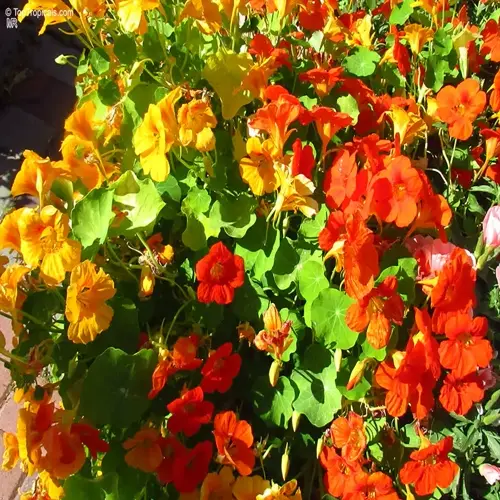When are seedlings ready for transplant after hardening?

Written by
Julia Anderson
Reviewed by
Prof. Martin Thorne, Ph.D.The recognition of transplant readiness in hardened seedlings avows against mishap. Plants give *certain* indications that they are fully acclimated to outside surroundings. They can endure the full glare of the daytime sun without wilting. The stems become strong and can withstand the wind's action. Being "hardy" or showing endurance to low nighttime temperatures indicates that they are properly adapted to these conditions. I am continuously on the lookout for this evidence in the process of hardening seedlings.
Structural Integrity
- Stems resist bending when gently pressed
- Leaf surfaces develop protective waxy cuticles
- No visible damage from previous wind exposure
Environmental Tolerance
- Withstands 6+ hours direct sunlight
- Endures overnight lows within species limits
- Shows no stress after light rain exposure
Growth Responses
- Maintains deep green leaf coloration
- Shows new growth within 48 hours
- Roots fill containers without circling
The success of transplants is influenced by environmental timing. The hardiest plants are sent out two to four weeks before the last frost date; tender species are sent out when night temperatures are more stable. More important than air temperature is the temperature of the soil. For this reason, I work extensively with soil thermometers, which provide accurate readings. The warm-season crops require a uniform root zone of over 60°F.
Weather conditions are important when it comes to transplanting seedlings. Transplanting on cloudy days and late afternoons helps reduce transplanting stress. Also, avoid transplanting or seeding on windy days, especially if the wind speed exceeds 10 mph. Water the seedlings well before you move them. I also like to have the planting holes ready ahead of time to effect a speedy transfer.
Careful monitoring after transplanting allows for successful establishment. Water once every day for three days after transplanting. Use a shade cloth for delicate plant varieties under high-temperature conditions. Assess for signs of pest damage each day. After transplanting the plants, I will use diluted seaweed extract to help reduce stress responses.
Postponing transmission is appropriate if you are not seeing signs of readiness to transplant. Stems that are weak and spindly need more wind hardening. Leaves that are light green need more exposure to light. Plants with purple discoloration are experiencing light stress due to cold temperatures. I typically add an extra 2 - 3 hardening days when I am uncertain.
Read the full article: The Complete Guide to Hardening Off Seedlings

